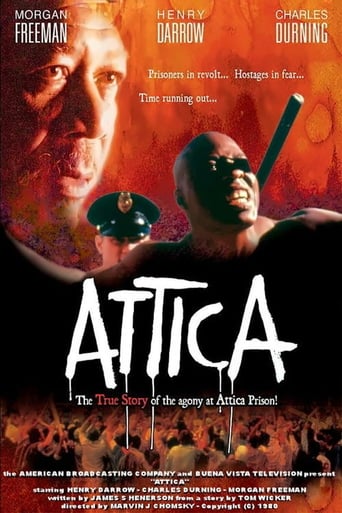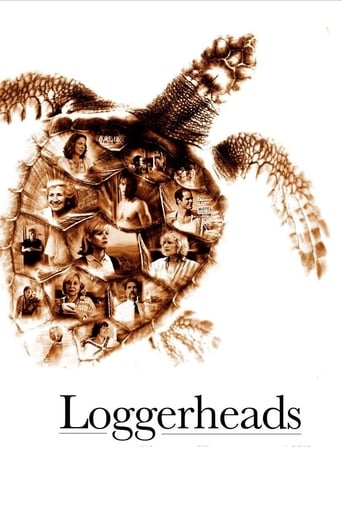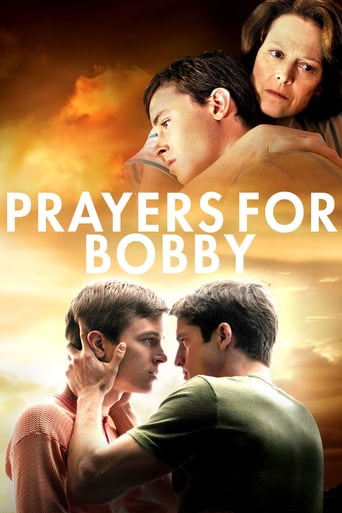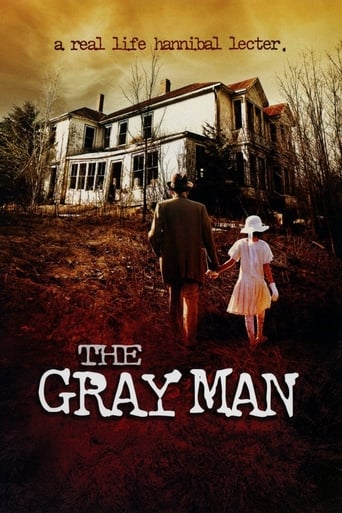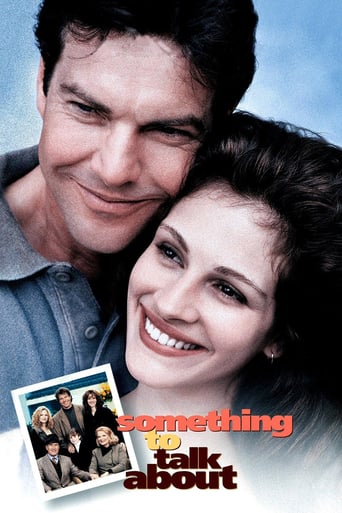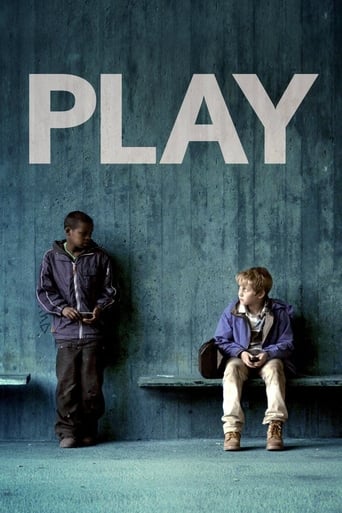
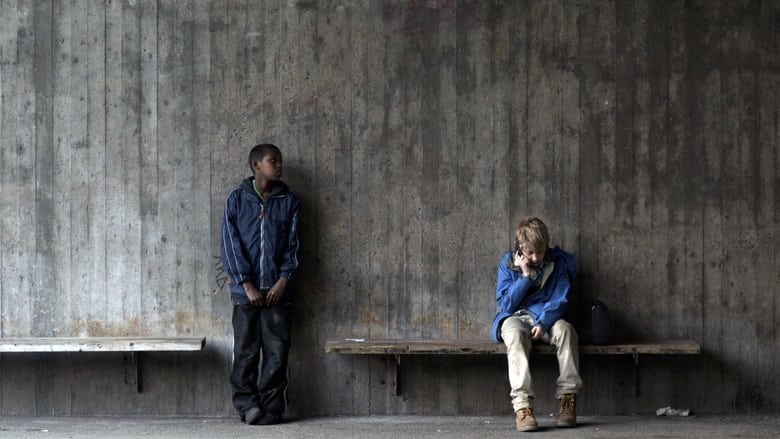
Play (2011)
In central Gothenburg, Sweden, a group of boys, aged 12-14, robbed other children on about 40 occasions between 2006 and 2008. The thieves used an elaborate scheme called the 'little brother number' or 'brother trick', involving advanced role-play and gang rhetoric rather than physical violence.
Watch Trailer
Cast
Similar titles
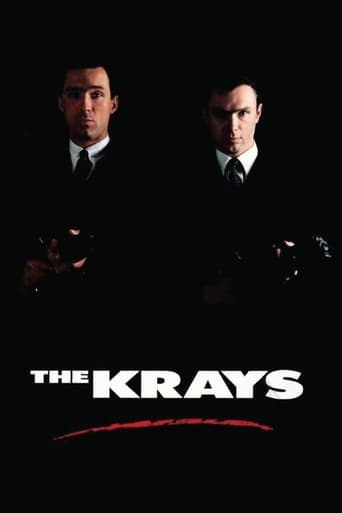
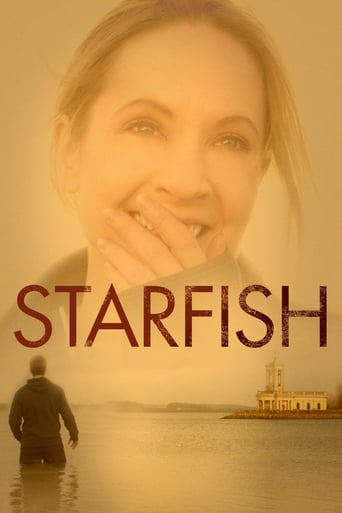
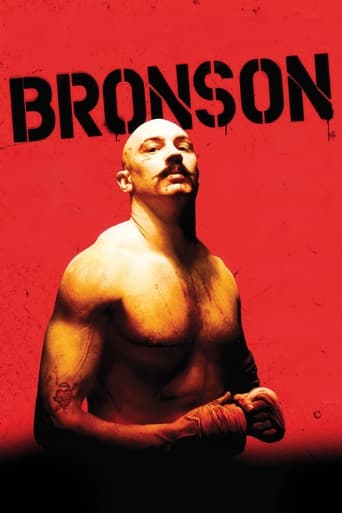
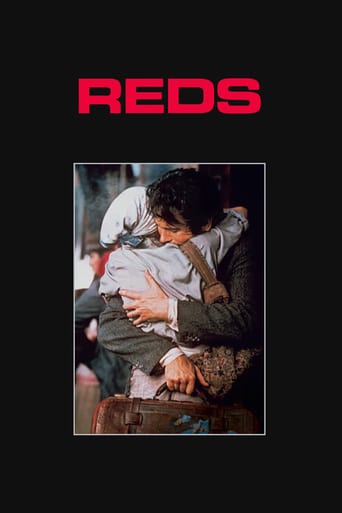
Reviews
Sorry, this movie sucks
Plenty to Like, Plenty to Dislike
Overrated and overhyped
Excellent and certainly provocative... If nothing else, the film is a real conversation starter.
"Sweden!" cried out President Donald Trump some time ago. 'Just look at what has happened in Sweden!' he seemed to proclaim again. But what did he mean? "Play" is the title of a devilish Ruben Östlund film; a strange amalgamation of "La Haine" and "Funny Games" which combines cinema vérité with psychological horror and social commentary. What social commentary, it seems, is left up to the viewer: audiences have appeared to whittle it down to one of two (but it could be both) things: class and ethnicity, with Swedish politicians even finding time to chip in to make thoughts known - do remarks by socialists expunge the film from charges of racism when they proclaim it is about class? Or is "Play" so clever, that they have entirely missed the fact it is a damning critic of multiculturalism.The film opens in a shopping centre with a disagreement between two Swedish boys over an amount of money one of them has dropped and lost. "500 Krona!?" one of them exclaims - 'it's nothing', replies the other. Across the way, however, a gang of black youths who are mostly their age are eyeing them up in order to essentially mug them. Within the first scene, Östlund wants us to realise this is a society characterised by differences in income and racial disparity.Elsewhere in the film is the lament that authority has disappeared from Swedish society: bus conductors; mall security guards and shop assistants are either powerless to giving louts a good whack or vacant altogether, save for nearer the very end where they exasperatingly appear at just the wrong moment to punish the wrong people. The film enjoys its static camera-work and neo-realistic settings, wherein dozens of people wander around the public domain, but what seems to have been deliberately kept of screen above all else is the presence of a policeman. Where this seems to lead, or will eventually lead, is an increase in vigilantism - parents and friends of those already victim to spates of crime taking matters into their own hands and administering their own forms of justice in the absence of a state enforcing the law: not unlike various London communities forced into defending themselves form the hordes in 2011, or other groups trying to do something about paedophile gangs operating under the radar in northern England. There are two instances of this in "Play", one closing the film which doubly encompasses Sweden's apparent ignorance to what is going on amongst its young that someone is labelled a racist for trying to obtain justice. "Play" depicts a couple of hours in the life of three boys in the city of Gothenburg and its outskirts on a grey winter's day - they are Sebastian; Alex and John, although John is of Chinese ethnicity. Whatever the problem with immigration, or immigrant crime waves specifically, John has at least seemingly integrated. When we first encounter them, they are at the offices where one of their mothers works - an upscale law firm (we can read "Adact" on the wall) whose employees dress impeccably. Östlund loiters on the entrance of the office for a while after everyone has departed, almost pointlessly, until a staffer reveals the practice to be so bourgeois that they wipe clean a glass door that was already in perfect condition. Sebastian et al. traverse to the local shopping mall, where the earlier group of black youths are still messing around having failed to lull the twosome from the opening scene into what will transpire to be a psychologically sadistic game of bullying and robbery. The two groups first come into contact in a sports shop, where Östlund quite brilliantly keeps the coloured gang off-screen as they holler and whoop while we focus on our increasingly anxious protagonists. By the time they have been followed outside and onto the tram home, it is evident something is wrong, and from there transpires the rest of the harrowing tale.The film's beating heart, the idea that bullies belonging to a minority string defenceless white Swedish kids along to mug them, I read is based on a spate of actual incidences of this happening over a three year period. Meanwhile, adults are too ditzy worrying about broken porcelain in cafes and blocked aisles on trains to really notice what's going on. Writers and journalists such as Jonas Hassen-Khemiri and Åsa Linderborg have made accusations, veiled or otherwise, that the film is in some way racist, while America Zavala applauds it for attacking the pitfalls of a system characterised by class. Thematically, the film seems to reach the conclusion that Sweden is a racially and culturally diverse place - whites don dreadlocks and listen to reggae; Native Americans busk in town squares and white girls dance to Zimbabwean pop music for school performance projects. It is, however, experiencing teething problems as it makes some sort of cordial transition into multicultural permanency. When all is said and done, one does not have to do much research to find stories, radiating in particular out of the city of Malmo, which report chaos and a complete social breakdown on account of multi-racial ghettos rioting for reasons that even the police do not know. One may also read of 'no-go' zones and youth criminality in classrooms so rife that schools have even had to shut for periods of time due to teachers feeling unsafe. Whatever the answer to any of this, Östlund has above all other things managed to make something which actually feels like a piece of cinema - something free of convention; something unpredictable and both harrowing and atmospheric without any real need for pyrotechnics. It is wholly worth seeing for these reasons and more.
A very thought provoking bleak representation of modern life for many young males. The fly on the wall style filming takes away the emotion of the impact of the events on the group of boys. It is very brave and potentially controversial in its representation of different socio-economic and ethnic groups. For that reason the film maker needed to film it in an understated way. I think the penultimate scene is brilliant. Although the film is set in Sweden it could have been set in many cities in North Western Europe. The film lacks pace makes it a difficult film for Audiences to engage with. The apparent limited use of conventional editing camera angles and post production techniques reinforces its attempt at making it an honest representation.
Liberal upbringing, indifference in society, uncontrolled immigration from different continents, worship of fine goods - and so there are issues depicted in the film in question, mostly characteristic to Western societies. As children and teens are among most vulnerable strata, the topics mentioned above are reflected in an intensified and crooked manner. - for them, attempts for self-determination and acts of bullying are often intertwined. Play is focused on one incident, but similar rackets occur and have occurred for decades, thus it is not astonishing or so; moreover, it is no secret that immigrant youth is more criminogenic than local one - it is nothing to do with racism, those evildoers could have easily come from the Balkans or Eastern Europe - by way of example of Sweden where youth gangs organized by race or ethnicity have become a serious issue in big cities. Anyway, the depiction here is protracted and arid, some scenes are lacking reason, and the ending is numb. The cast is not impressive either, I would not recognize most of them in case I see them in other movies.Thus, a mediocre movie to me, but it would be probably educational for families with children in multi-ethnic communities.
Black boys take mobile phones away from younger white boys. It doesn't happen through verbal threat or violence. Most of the job is performed through body language and way of speaking. The blacks know if functions.This has meant a debate about a racist script and a racist film. That's of course not what director Ruben Östlund is up to. He very clearly points out how subtle things, like the way you look at somebody, gives you power. That also depends on the social context, the environment and so on, but it is there. It's certainly not as simple as it's put in billions of stupid action movies.Long takes, brilliant acting by young amateurs. One objection is however the almost parodic ignorance from the grown-up world, an ignorance which is not subtle at all. Anyway, this should be the most important Swedish film of 2011.

